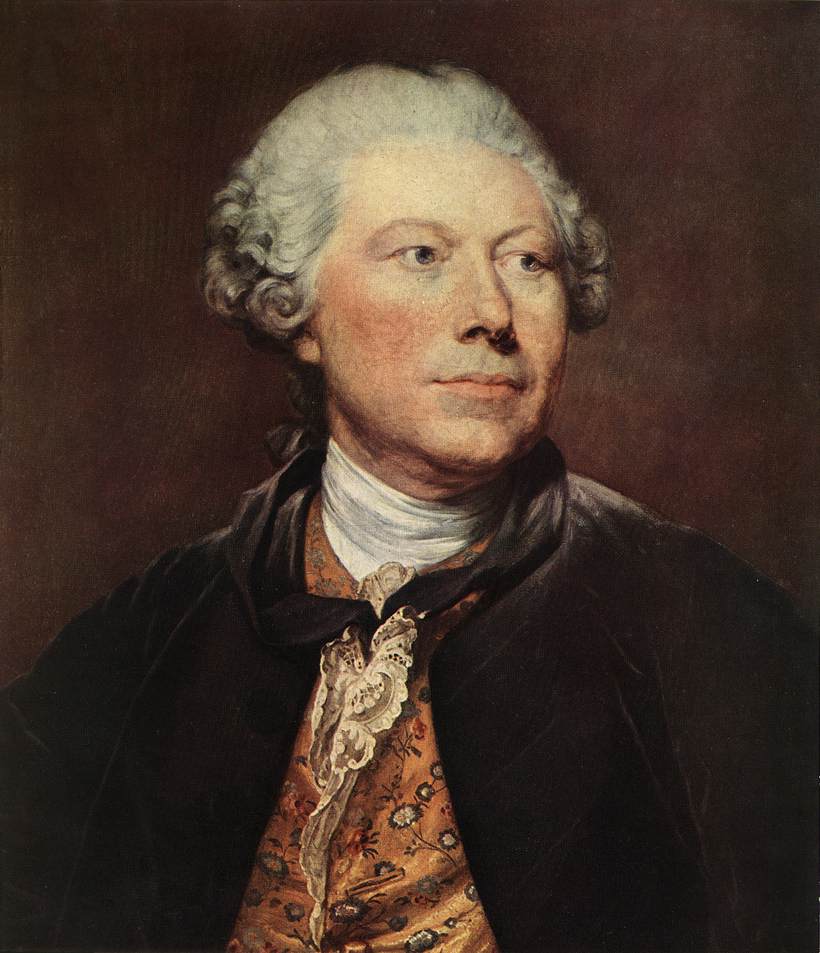|
Klauber (German Engravers)
The Klauber family were engravers and fine art publishers from Augsburg, Germany. Two of the sons of ancestor ''Franz Christoph Klauber'' established a ''catholic fine art publishing company'' by 1737, together with Gottfried Bernhard Göz (1708–1774), who broke away to start his own business in 1742. Klauber Brothers remained a trade mark until the end of the century, and longer: * Joseph Sebastian Klauber (1710–1768), engraver. He was first a disciple of one ''Melchior Rein'', later of at Prague. * Johann Baptist Klauber (1712 until around 1787), engraver. Both brothers were ''Hofkupferstecher '' ngravers of the court' der Kurfürsten von Trier'' and produced mainly images of saints in a factory-like way. In 1757, a ''picture bible'' of 100 engravings was produced. * ''Joachim Klauber'' (died 1791), a priest, their brother, a monk in ''Scheyern'' abbey. * ''Franz Xaver Klauber'' (born 1741, son of ''Johann Baptist''), engraver "who studied in Rome for a considerable time". * ... [...More Info...] [...Related Items...] OR: [Wikipedia] [Google] [Baidu] |
Augsburg
Augsburg (; bar , Augschburg , links=https://en.wikipedia.org/wiki/Swabian_German , label=Swabian German, , ) is a city in Swabia, Bavaria, Germany, around west of Bavarian capital Munich. It is a university town and regional seat of the ''Regierungsbezirk'' Schwaben with an impressive Altstadt (historical city centre). Augsburg is an urban district and home to the institutions of the Landkreis Augsburg. It is the third-largest city in Bavaria (after Munich and Nuremberg) with a population of 300,000 inhabitants, with 885,000 in its metropolitan area. After Neuss, Trier, Cologne and Xanten, Augsburg is one of Germany's oldest cities, founded in 15 BC by the Romans as Augsburg#Early history, Augusta Vindelicorum, named after the Roman emperor Augustus. It was a Free Imperial City from 1276 to 1803 and the home of the patrician (post-Roman Europe), patrician Fugger and Welser families that dominated European banking in the 16th century. According to Behringer, in the sixteen ... [...More Info...] [...Related Items...] OR: [Wikipedia] [Google] [Baidu] |
Gottfried Bernhard Göz
Gottfried Bernhard Göz, also Goez, Goetz or Götz (baptized 10 August 1708, Welehrad - 23 November 1774, Augsburg) was a German Rococo painter and engraver. Life His father was a locksmith at the Cistercian monastery in Welehrad. In 1718, he was enrolled at the Jesuit school in Ungarisch-Hradisch, where he studied rhetoric and grammar. After completing his course, he obtained a painting apprenticeship with Franz Gregor Ignaz Eckstein, who was restoring the monastery church. After four years, he probably became a wandering journeyman and settled in Augsburg around 1730. That city was a center for printing and publishing, as well as business and finance, so it is most likely that he learned engraving there to gain employment. He also apparently learned etching from Johann Georg Bergmüller. He received his Master's certification in 1733 and was married shortly after. His wife died young and he married again in 1736. For many years, he was employed by the art and music publis ... [...More Info...] [...Related Items...] OR: [Wikipedia] [Google] [Baidu] |
Ignaz Sebastian Klauber
Ignaz Sebastian Klauber (Russian: Игнац Себастьян Клаубер; 2 January 1753, Augsburg — 25 May 1817, Saint Petersburg) was a German copper engraver, who spent an important part of his career in Russia. Biography He was the best-known member of the Klauber family of engravers; born to Johann Baptist Klauber (c. 1712-c. 1787), a court engraver in Augsburg. He received his initial training from his father, then spent many years in Rome. In 1781, he went to Paris, where he improved his skills studying with Johann Georg Wille. Later, he was admitted to the Académie royale de peinture et de sculpture, and was named a court engraver. The French Revolution forced him to return to Augsburg in 1790. From there, he went to Nuremberg, where he worked for the art publishing house of . In 1795, he was appointed court engraver to the Elector of Trier, Clemens Wenceslaus of Saxony, and elected a member of the Royal Danish Academy of Fine Arts. The following year, he ... [...More Info...] [...Related Items...] OR: [Wikipedia] [Google] [Baidu] |
Johann Georg Wille
Johann Georg Wille, or Jean Georges Wille (5 November 1715, near Biebertal - 5 April 1808, Paris) was a German-born copper engraver, who spent most of his life in France. He also worked as an art dealer. Life and work He was the eldest of seven children born to the miller, Johann Philipp Wille, and his wife, Anna Elisabeth née Zimmermann. He showed an early interest in art; drawing birds and the faces of his classmates. He also copied the illustrations from his father's Bible. Initially, he studied mathematics in Giessen, with the intent of attending a university, but his interest in art prevailed and he began taking lessons from a local portrait painter. This proved to be unsuccessful, so he learned engraving instead and worked for a gunsmith, who taught him how to decorate hunting rifles. In 1736, he began his traditional journeyman years, wandering through Frankfurt am Main, Worms and Straßburg, among many others, on his way to Paris. During his trip, he met the engraver ... [...More Info...] [...Related Items...] OR: [Wikipedia] [Google] [Baidu] |



